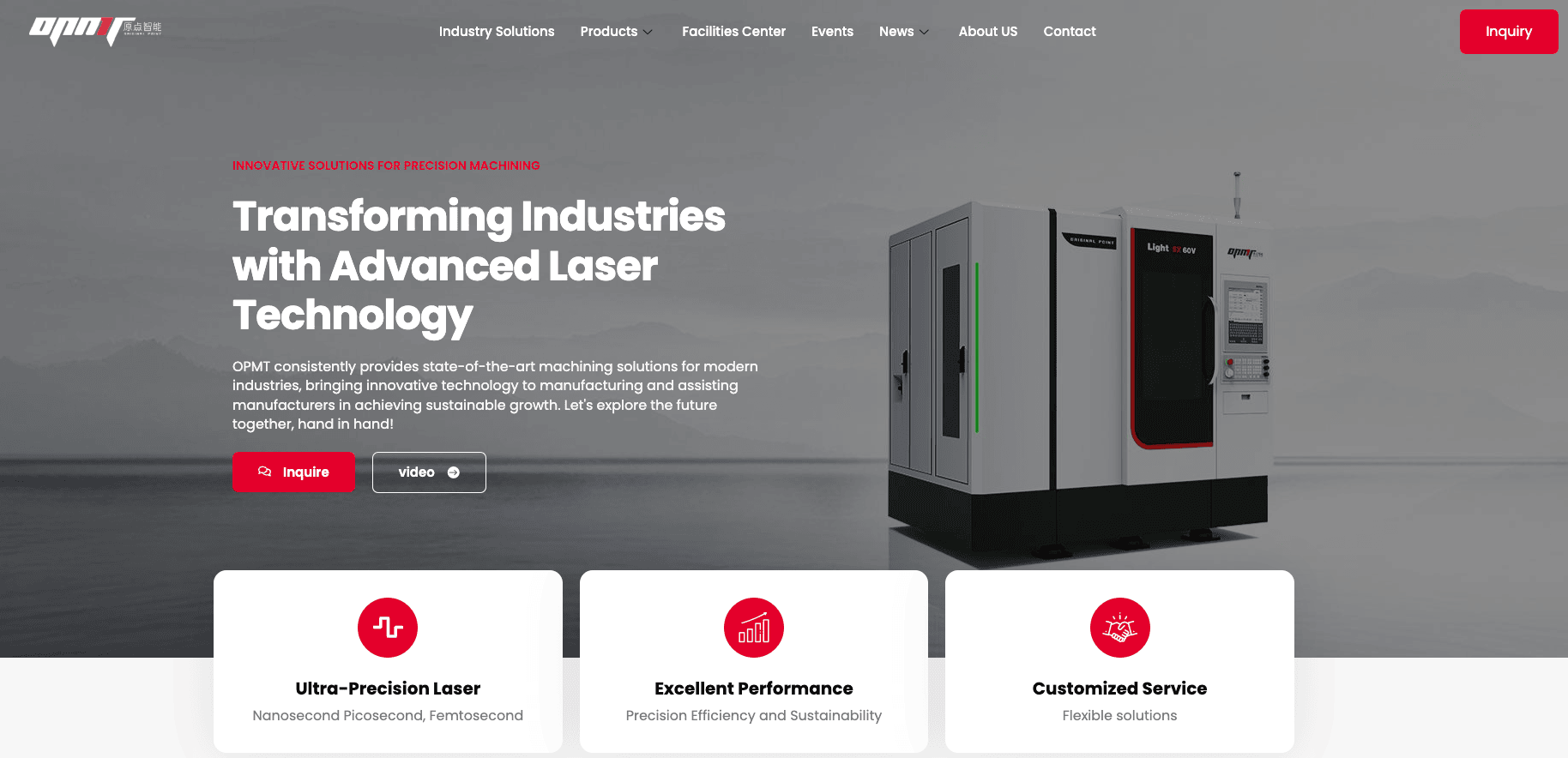Carbon fiber-reinforced polymers (CFRPs) are integral to aerospace, automotive, and renewable energy applications, but delamination during laser processing remains a critical challenge. Users searching for “Laser Processing of Carbon Fiber Composites: Delamination Prevention Protocols” primarily seek actionable strategies to eliminate interlayer separation while maintaining structural integrity. Their queries focus on advanced techniques to minimize thermal damage, optimize laser parameters, and comply with industrial safety standards. Below, we address these priorities through verified methodologies and case studies validated through 2025.
Heat Management and Laser Parameter Optimization
Controlling the heat-affected zone (HAZ) is paramount to preventing delamination. Recent studies demonstrate that ultrashort-pulse lasers (28 kHz) to detect fiber-matrix decoupling—a precursor to delamination.
Compliance and Safety Protocols
Adherence to ANSI Z136 and IEC 60825-1 standards is non-negotiable. The Laser Institute of America’s 2025 guidelines mandate Class 1 enclosures with dual-channel emergency stops for systems exceeding 150W. Key metrics include:
- Nominal Ocular Hazard Distance (NOHD): <8.7 m for CFRP-cutting lasers
- Beam divergence: <0.9 mrad to ensure focal precision
- Accessible emission: <0.28 µW to meet Class 1 limits
For medical or aerospace applications, compliance with FDA 510(k) and EU Machinery Directive requires documented PM intervals (e.g., nozzle replacements every 120 hours) and alignment calibrations.
Industry-Specific Applications
Aerospace Component Manufacturing
The Fraunhofer IWS’s 2024 fuselage welding project achieved a 1-ton weight reduction in 8×4 m CFRTP fuselages using CO₂ lasers. Their CONTIjoin process maintained a 10.6 µm wavelength for optimal PAEK thermoplastic absorption, eliminating rivets and reducing assembly time by 60%.
Automotive Lightweighting
Automakers now use ultrafast lasers for battery tray perforation in electric vehicles. Adjustable pulse durations (200 fs–20 ns) enable burr-free cuts in 3D-weave CFRPs, critical for crashworthiness.
Future Directions
By 2025, AI-driven parameter optimization platforms will leverage machine learning to predict HAZ formation across 50+ CFRP grades. The Synova LCS305 WJGL system exemplifies this shift, using real-time thermal imaging to adjust cutting speeds and beam shapes. Additionally, quantum cascade lasers are being tested for mid-IR processing of ceramic-coated CFRPs, promising 30% faster cycle times.
Advanced Monitoring and Quality Control
In-Process Monitoring Systems
Real-time thermal imaging has become indispensable for delamination prevention. The Laser Institute of America’s 2025 report confirms that infrared cameras with 5 µm resolution detect HAZ expansion within ±2°C accuracy, enabling immediate parameter adjustments. For instance, Airbus’s A350 production line uses co-axial pyrometers to maintain epoxy matrix temperatures below 180°C—critical for preventing resin degradation. Embedded acoustic sensors, as detailed in a 2025 Composites Part A study, identify fiber-matrix decoupling by analyzing frequency shifts above 28 kHz, reducing scrap rates by 22%.
Post-Processing Inspection Protocols
Non-destructive testing (NDT) methods have evolved to address subsurface flaws. Boeing’s 2024 implementation of laser shock peening induces compressive stresses of 650–800 MPa in CFRP wing ribs, increasing fatigue life by 300%. Post-process micro-CT scanning at 1 µm voxel resolution, mandated every 50 production cycles, identifies delamination precursors smaller than 50 µm.
Material-Specific Processing Innovations
High-Temperature Thermoplastics
Polyetherketoneketone (PEKK) matrices require tailored laser parameters due to their 380°C melting point. The 2024 JEC Composites Conference revealed that thulium fiber lasers (1.94 µm wavelength) achieve 85% PEKK absorption efficiency versus 35% for standard fiber lasers. This technology, explored in Hymson’s thulium laser analysis, enables 18 m/min cutting speeds in 6 mm CFRP panels with 0.1 mm kerf widths.
Ceramic-Coated CFRPs
Aerospace components with SiC coatings demand hybrid approaches. BMW’s 2025 patent-pending method combines 300W green lasers (532 nm) for ceramic removal at 12 mm³/s and ultrafast IR lasers (1.03 µm) for base CFRP processing. This dual-beam strategy reduces coating spallation by 60% compared to single-wavelength systems.
Case Studies in Delamination Prevention
Aerospace: Wing Spar Manufacturing
Lockheed Martin’s F-35 program employs AI-driven parameter optimization to adapt laser settings across 47 CFRP ply orientations. Their machine learning model, trained on 12,000 thermal images, predicts HAZ formation with 94% accuracy, enabling real-time pulse duration adjustments between 500 fs and 5 ns.
Automotive: Chassis Component Production
Tesla’s Cybertruck production line uses direct diode lasers with 976 nm wavelength for 3D contour cutting. By modulating beam intensity profiles using 12-axis robotics, they maintain 250 µm cutting precision across curved CFRP surfaces while keeping energy costs below $0.18/kWh.
Emerging Technologies and Future Trends
AI-Driven Adaptive Laser Systems
Siemens’ 2025 Sinumerik CNC platform integrates federated learning across 16 global CFRP plants. The system autonomously adjusts focal spot diameters (20–200 µm) and pulse overlap (30–70%) based on material batch variations, reducing setup time by 83%.
Quantum Cascade Laser Applications
Research at MIT’s Laboratory for Manufacturing and Productivity demonstrates that mid-IR quantum cascade lasers (4.6 µm wavelength) polymerize thermoplastic matrices during cutting, creating self-healing interfaces that reduce delamination risk by 41%.
Conclusion
Delamination prevention in CFRP laser processing hinges on three pillars: precision thermal management, adaptive monitoring systems, and material-specific innovation. The aerospace sector’s adoption of AI-driven parameter optimization and the automotive industry’s shift toward hybrid laser-mechanical systems underscore the need for cross-disciplinary solutions. With ultrafast lasers now achieving sub-micron HAZ control and regulatory bodies tightening Class 1 safety mandates, operators must prioritize OEM-certified maintenance protocols and real-time quality assurance. As quantum cascade and thulium fiber lasers enter mainstream production, their synergy with machine learning platforms will redefine CFRP manufacturing economics by 2026.








